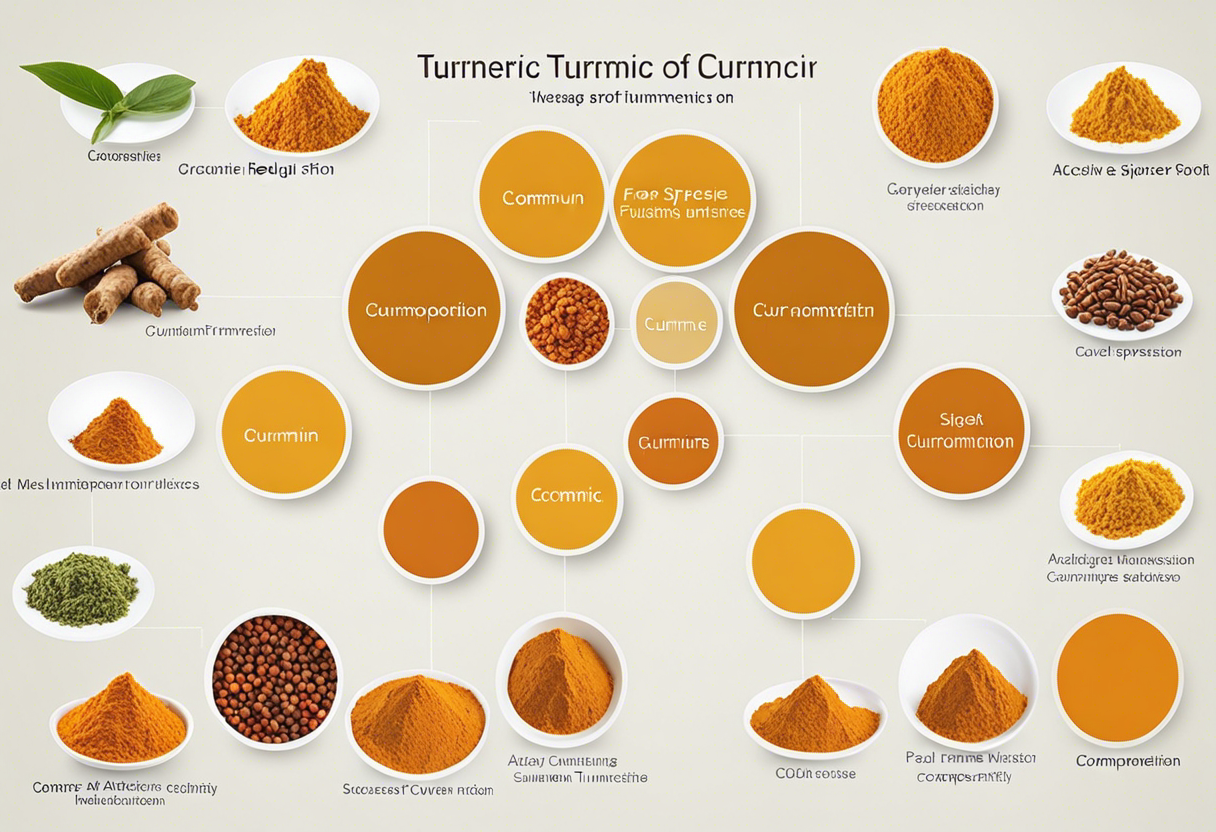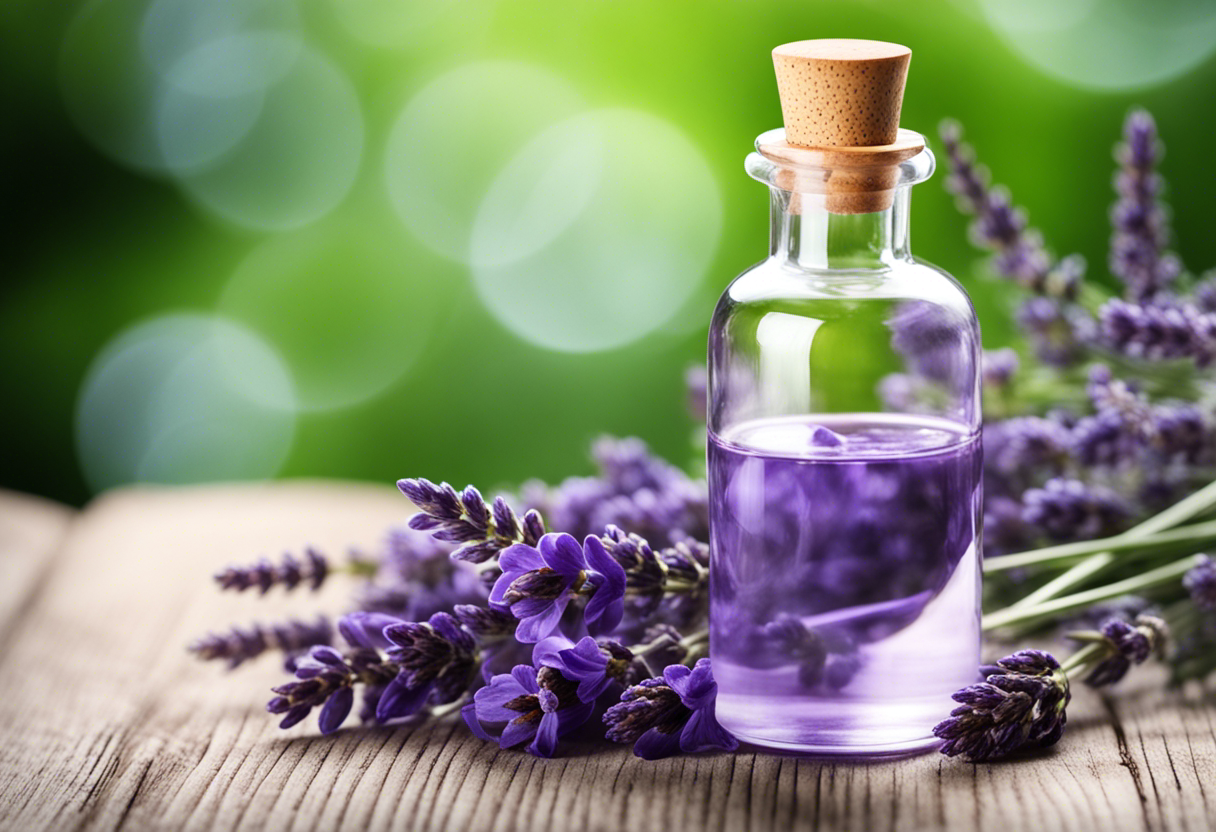Five Remarkable Alternatives From Nature's Pharmacy: A Closer Look at Holistic Healing
The world we live in brims with untapped healing potential. One need not look any further than Echinacea for a prime example of 'Nature's Pharmacy.' This powerful purple flower doesn't just serve as an attractive feature in our gardens but also fortifies our body's defense mechanism. With roots deep in Native American herbal medicine, Echinacea has been long regarded for its immunological benefits.
Numerous scientific studies substantiate these traditional beliefs, attributing the immune-boosting properties of Echinacea to a cocktail of beneficial compounds in the flower. These include antimicrobial alkamides, polysaccharides known for their immune-stimulating properties, and flavonoids, potent antioxidants. All together, they work synergistically to enhance the body's resilience against various pathogens.
However, it's not just about preventing illness. Echinacea can also expedite recovery times from common ailments like the cold. Its anti-inflammatory and antiviral properties help to alleviate symptoms and speed up the healing process.
Harnessing the Healing Power of Turmeric: More than Just a Kitchen Spice

Next on our journey across nature's pharmacy is Turmeric, a spice that has colored both our foods and medicines for centuries. Originating from Asia, this vibrant yellow powder isn't just a vital culinary ingredient; it's also a celebrated element of Ayurvedic and traditional Chinese medicine.
The primary active component of turmeric is curcumin, a compound that boasts an impressive array of health properties. It's an anti-inflammatory heavyweight that's been found to reduce symptoms in various conditions, from arthritis to inflammatory bowel diseases.
But it doesn't stop there. Curcumin also shows promise in combating depression and even in inhibiting tumor growth. It achieves this by controlling inflammatory responses in the body, thereby reducing harm to body cells and cellular pathways.
Recognizing the Restorative Potential of Red Ginseng

From one Asian remedy to another, let us turn our gaze toward Red Ginseng. This root, mainly produced in Korea, showcases the therapeutic power of mother earth. It has been a cornerstone in Asian healing practices for over a thousand years.
Red Ginseng is widely esteemed for its energizing effect, enhancing physical and cognitive performance. It's frequently utilized to help combat fatigue associated with chronic illnesses.
Apart from boosting energy levels, Red Ginseng is also known for its vasodilating properties. It helps relax blood vessels, promoting better blood flow – a crucial aspect in maintaining heart health. Studies also indicate that it can contribute to better glucose regulation, offering potential benefits to those with diabetes.
Tea Tree Oil: A Natural Antiseptic

Venturing into the world of essential oils brings us to the potent Tea Tree oil, a wonder of the Australian outback. Used for hundreds of years by indigenous Australians, Tea tree oil is renowned for its potent antiseptic properties.
The oil possesses a notable ability to combat a variety of bacteria, fungi, and viruses. This makes it a stalwart for tackling everything from acne and athlete's foot to more severe infections.
Furthermore, Tea Tree Oil has strong anti-inflammatory properties, helping to soothe and heal the skin. It is often a go-to natural solution for skin conditions like eczema and psoriasis, offering relief with fewer side-effects than many synthetic treatments.
Lavender: Calming Senses for Better Sleep

The last stop of this journey is the beautifully aromatic lavender plant. Not only does it embellish our surroundings with vibrant shades of purple and tantalizing scent, but it's also blessed with the ability to induce calm and improve sleep.
Lavender essential oil has been studied extensively for its sleep-improving and anxiety-reducing effects. Its calming properties are commonly used in aromatherapy to alleviate stress and improve sleep quality.
Additionally, lavender demonstrates an ability to reduce blood pressure and heart rate, contributing to a relaxed state. It's no wonder that this fragrant bloom has been a staple in folk medicine, in everything from soothing baths to aromatic teas.